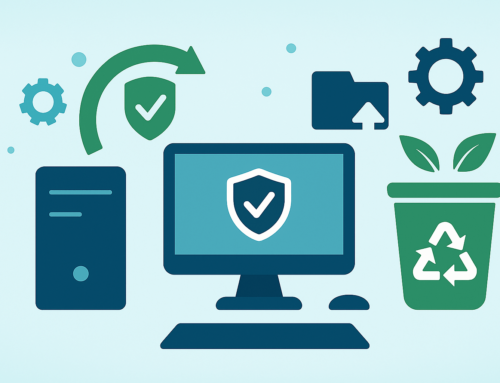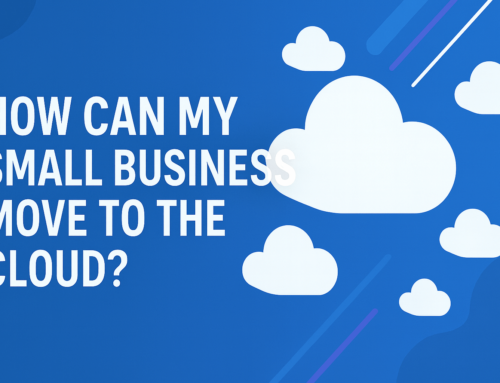Virtualisation Strategies for Reducing Business IT Costs
Businesses are under pressure to manage IT costs while maintaining performance. Virtualisation offers practical ways to reduce hardware expenses, streamline operations, and increase system resilience. It also supports sustainable practices by reducing electronic waste and lowering power consumption.
Businesses are under pressure to manage IT costs while maintaining performance. Virtualisation offers practical ways to reduce hardware expenses, streamline operations, and increase system resilience.

What Is Virtualisation?
Virtualisation refers to creating virtual versions of physical IT resources, including servers, storage, desktops, and networks. These virtual environments operate on shared physical infrastructure, improving efficiency and reducing hardware dependency. Businesses gain the ability to deploy and manage systems faster, while using fewer physical assets.
Key Benefits of Virtualisation for Cost Management
- Reduced Hardware Needs: Fewer physical servers are required, cutting capital expenses on equipment and maintenance.
- Lower Energy Consumption: Consolidated systems use less power and generate less heat, which can also reduce cooling costs.
- Simplified Maintenance: Updates, troubleshooting, and monitoring are easier to perform across virtual machines from a central dashboard.
- Improved Resource Utilisation: Virtual machines can be allocated based on demand, reducing idle capacity and making better use of available resources.
Learn how system performance ties into these benefits by reading Causes of Slow IT Systems.
Virtual Desktop Infrastructure (VDI)
VDI allows employees to access consistent desktop environments from any device. All processing happens on a central server, which reduces the need for high-spec end-user devices. This is ideal for supporting hybrid work and standardising user experiences across the business.
For broader remote access solutions, see How IT Support Drives Business Productivity.
Server Virtualisation
Multiple virtual servers can run on a single physical server, each functioning as if it were a separate machine. This reduces server sprawl, makes better use of existing hardware, and enhances disaster recovery through snapshot and backup options. It also helps isolate services to improve stability.
Integration with Cloud Services
Virtualisation is often used in tandem with cloud platforms. When paired with cloud solutions, virtual infrastructure can be scaled quickly to meet changing business demands, without investing in additional on-site hardware.
Planning and Implementation
Before implementing virtualisation, businesses should assess current workloads, security needs, and compliance requirements. Techfident works with clients to develop tailored strategies that include hardware consolidation, system compatibility reviews, and long-term support.
Getting Started with Virtualisation
Techfident helps businesses assess their current setup and determine where virtualisation will be most effective. We manage deployment, monitor performance, and provide support to keep systems stable and scalable.
This approach also supports long-term strategies. For example, knowing when to upgrade or repair business tech is simpler when systems are centralised and monitored.
Frequently Asked Questions
What types of virtualisation save the most money?
Server and desktop virtualisation typically offer the greatest savings on hardware, licensing, and energy.
Can virtualisation improve business continuity?
Yes. Virtualised systems are easier to back up and restore, which reduces downtime in the event of failures.
How difficult is it to implement virtualisation?
With proper planning and support, the transition can be smooth. Techfident handles setup and ongoing management.
Is virtualisation secure?
Yes. With proper configuration, virtual environments offer strong isolation, encryption options, and controlled access.




